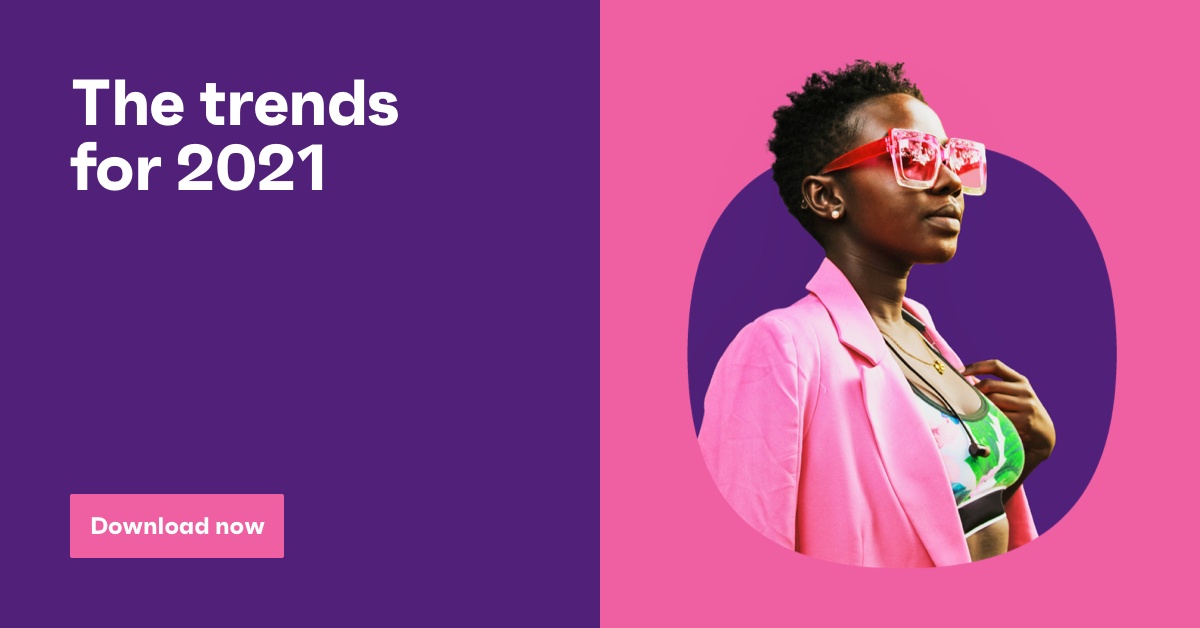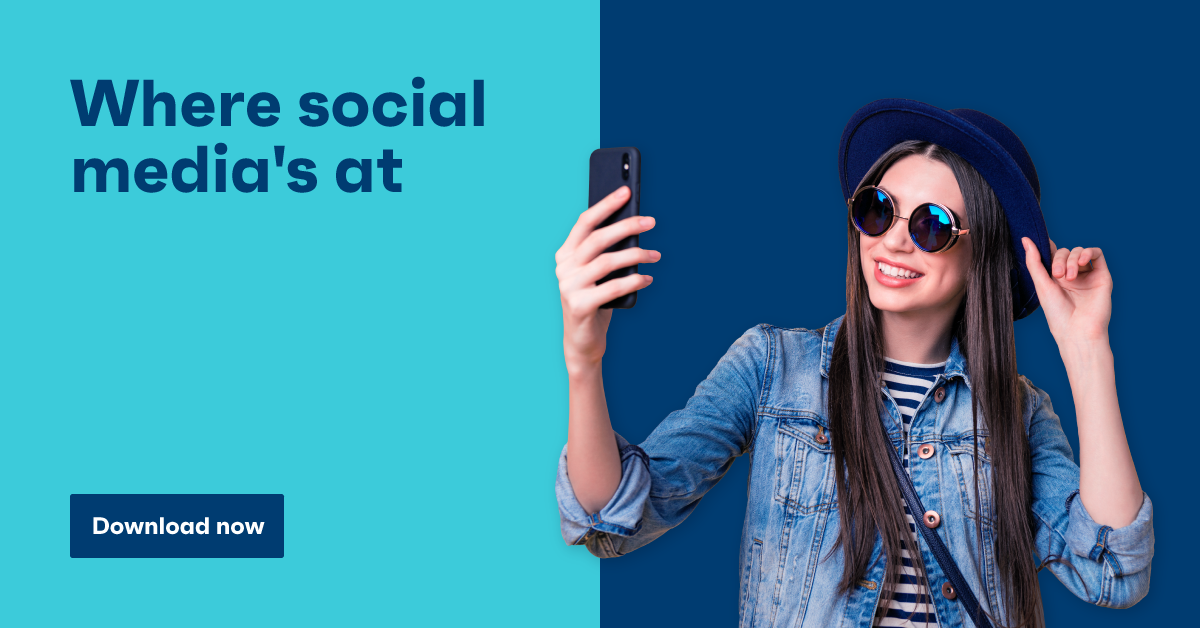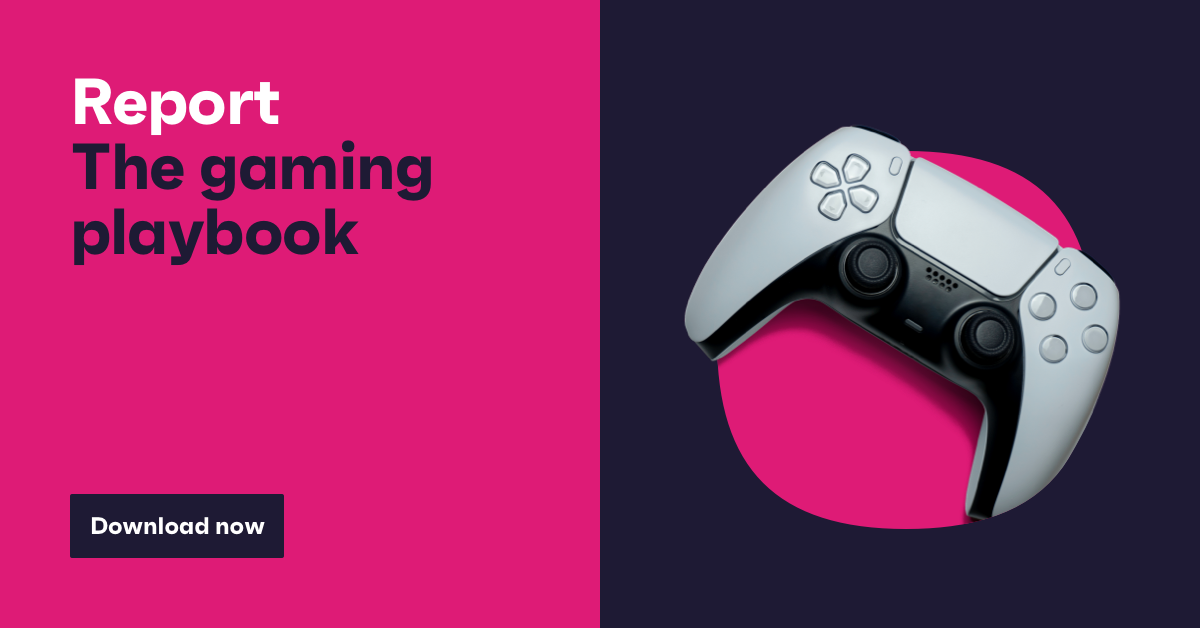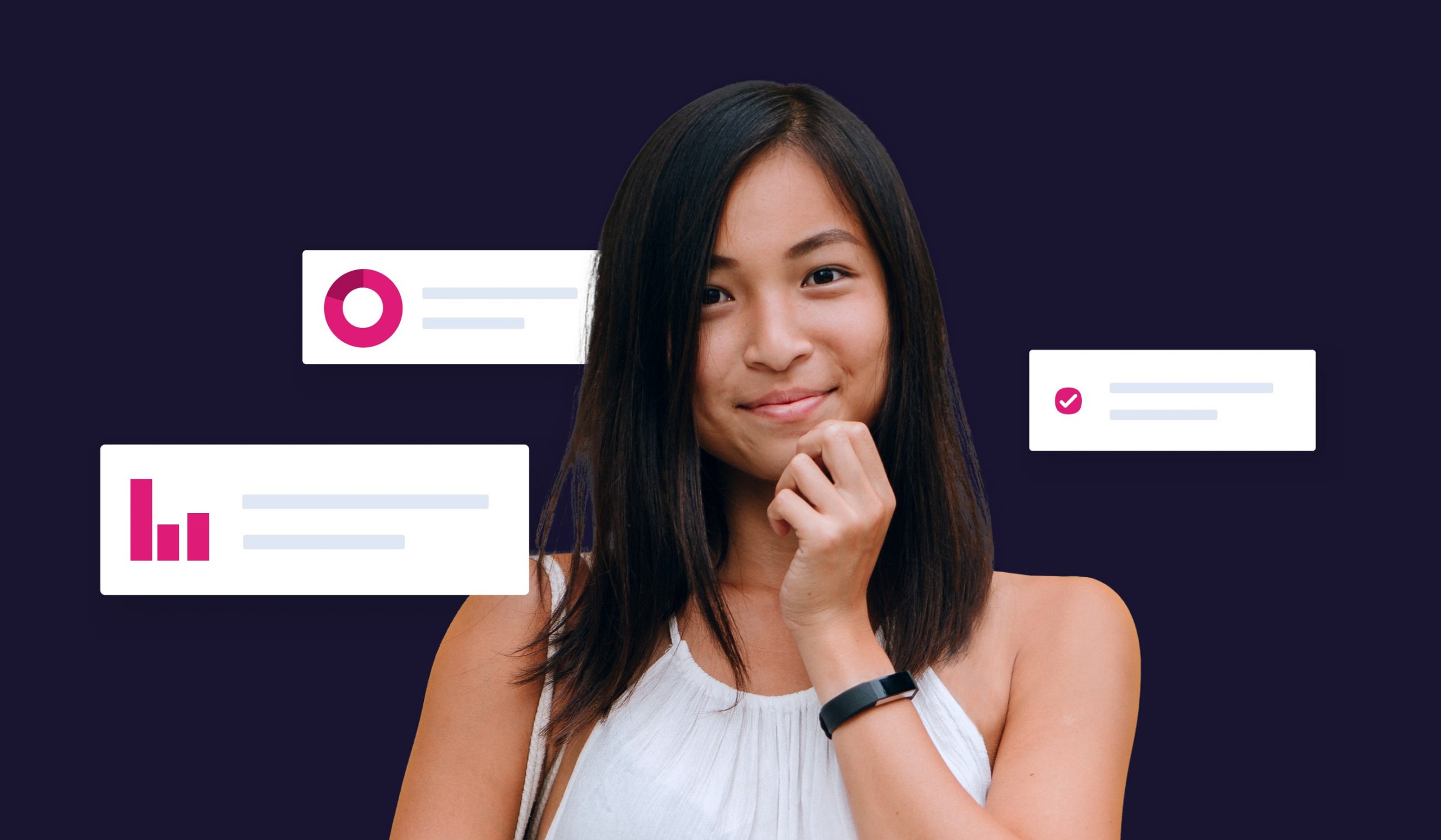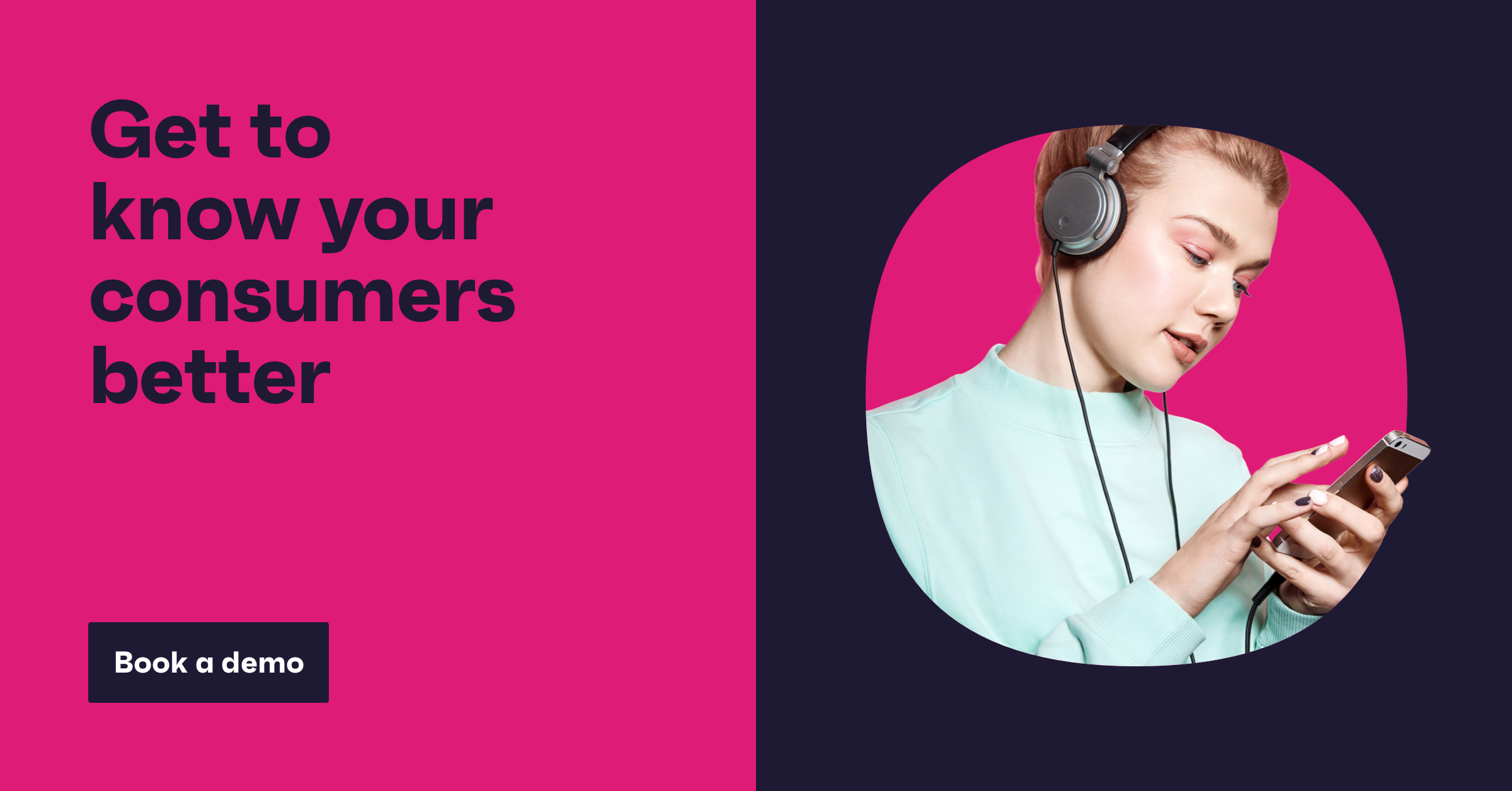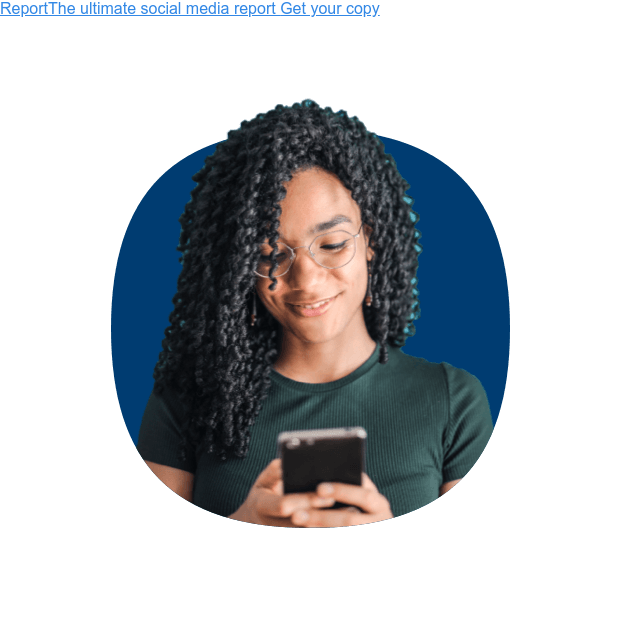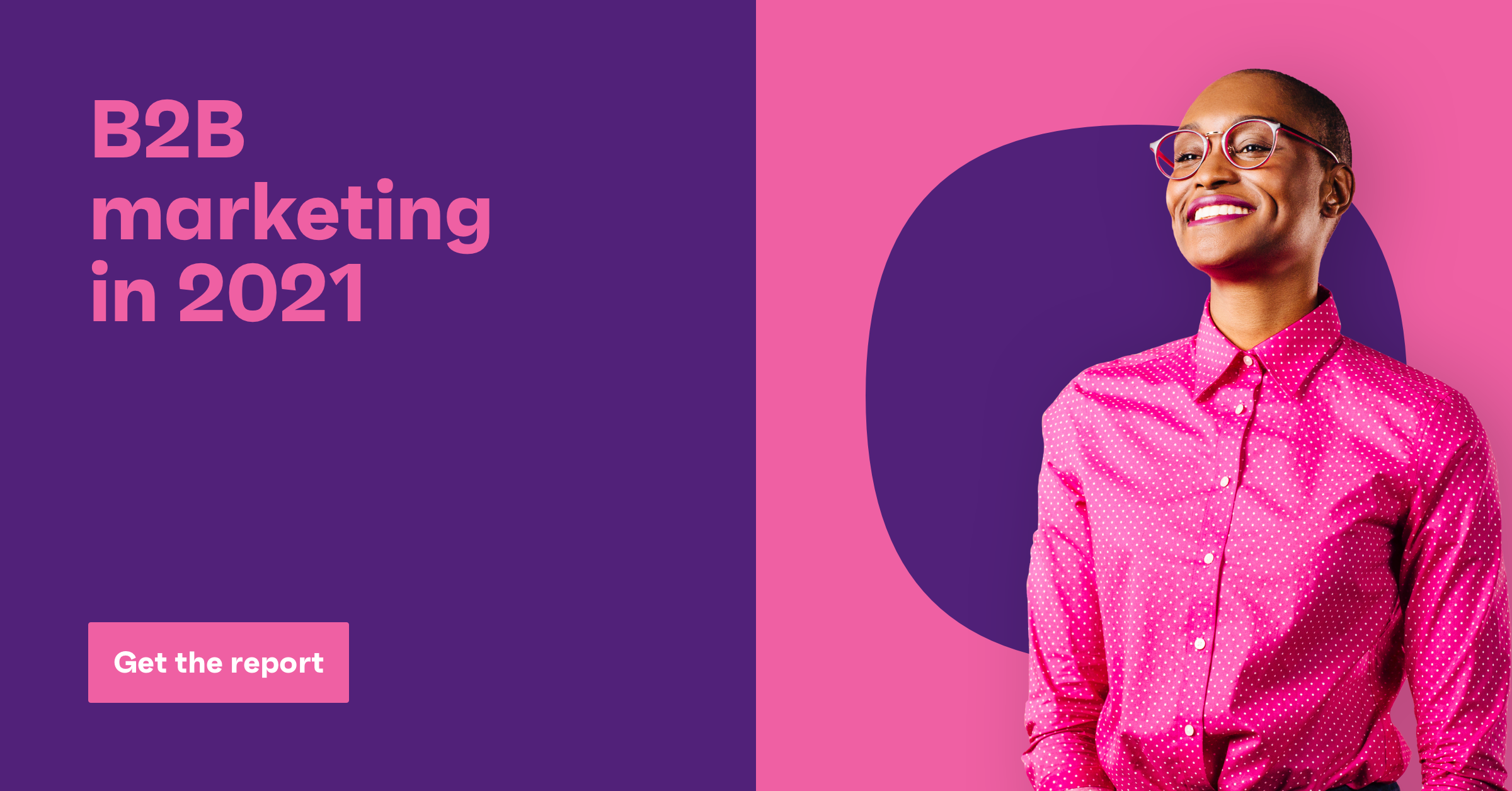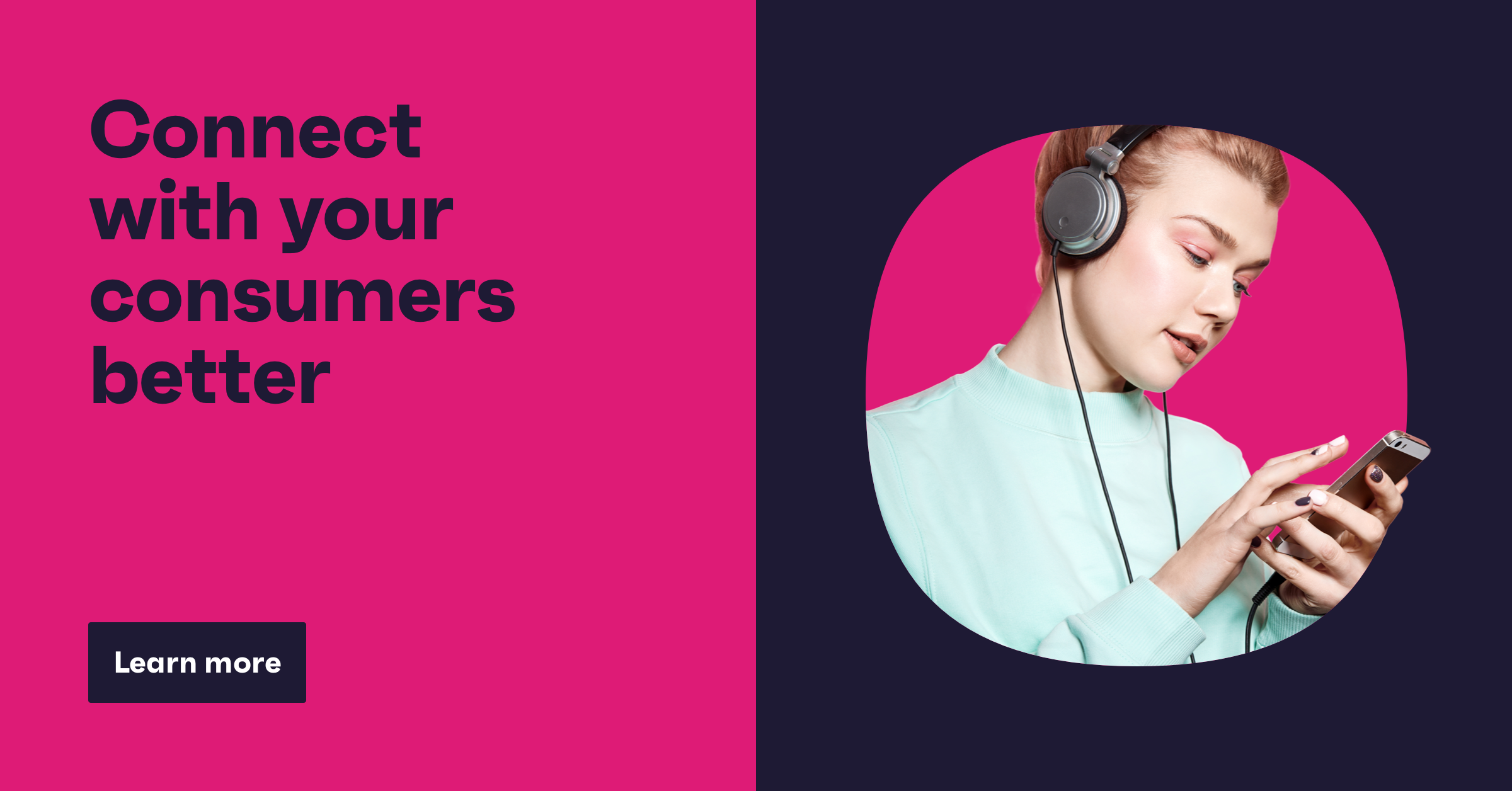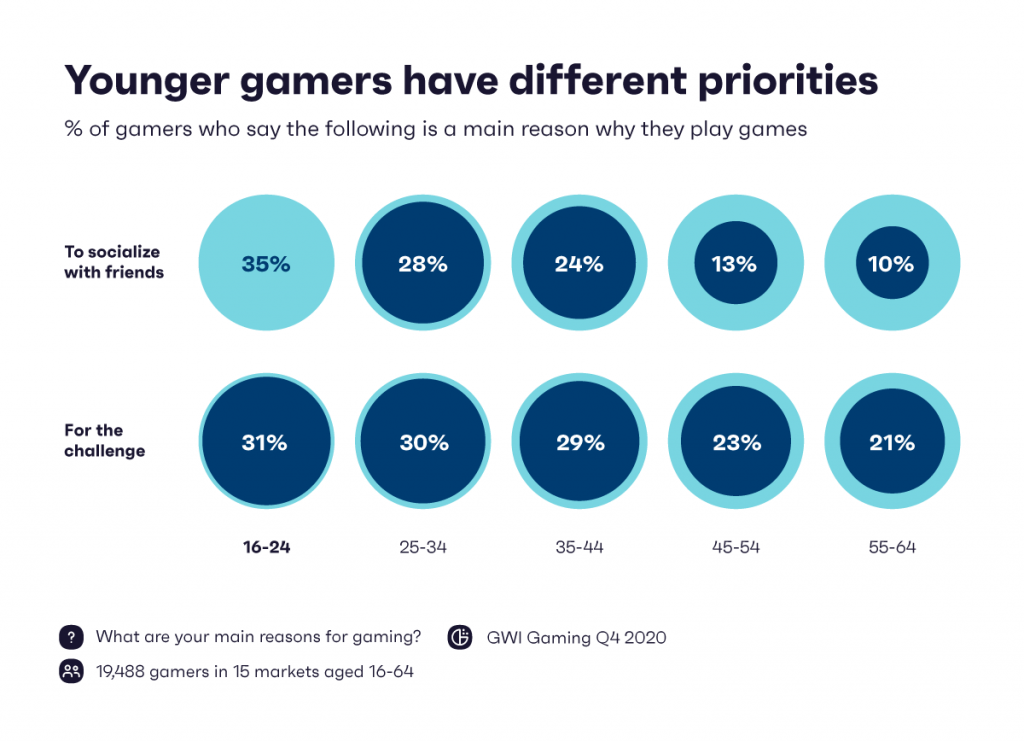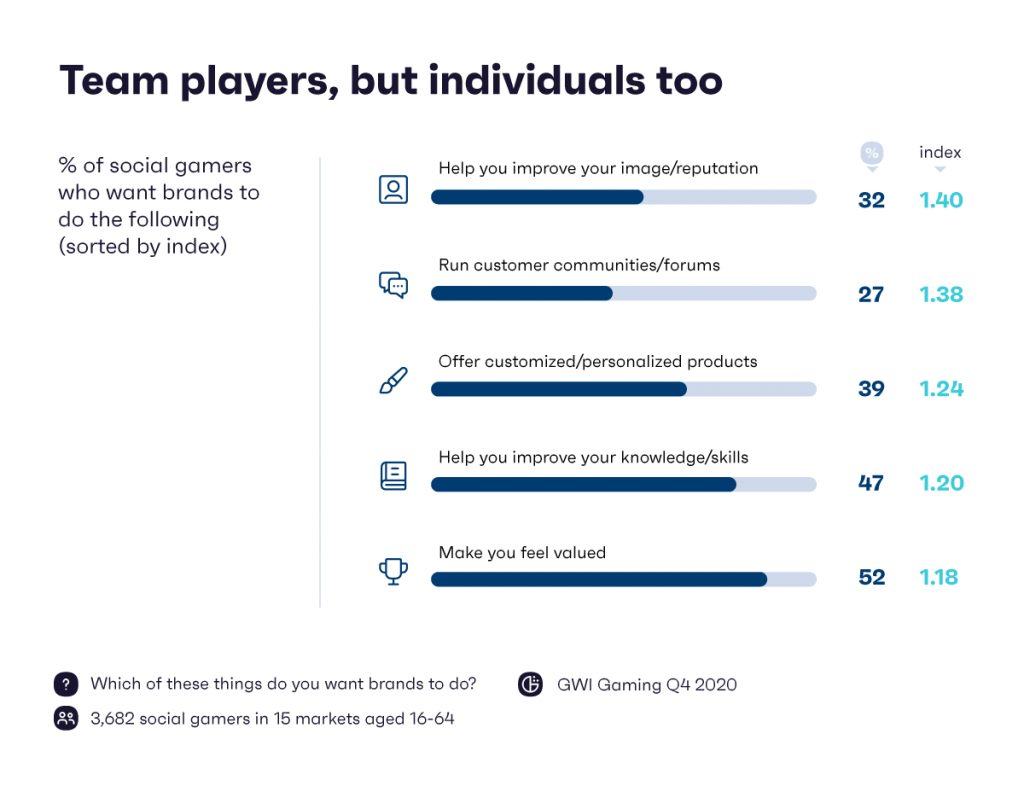
Slowly but surely, the automobile industry is electrifying.
Through a mix of technological advancements, government interventions, and changing consumer preferences, each year the world sees more electric vehicles (EVs) added to the flow of traffic.
This shift brings with it a number of benefits to both EV owners and society at large.
As companies invest more into battery-powered cars and trucks, the battery tech that drives this growing industry has improved exponentially. So much so that the average range of an electric vehicle has grown well over a hundred kilometers in just the past 5 years.
Meanwhile, the time it takes to recharge has declined rapidly in the same time period, and the lithium-ion batteries themselves have become so cheap that projections suggest electric vehicles may soon cost as much as gas-powered models.
Even though private companies receive the most media attention for pushing this technology forward, world governments have largely acted as the catalyst for the increase in both the supply of and demand for EVs.
Strict emissions laws in the wake of the Paris Accords have forced many auto manufacturers to produce more electric and hybrid options, many nations have extended subsidies and tax credits to consumers who purchase these vehicles, and local governments have often footed the bill for public charging stations.
So, although electric and hybrid vehicles currently represent only a small percentage of the total cars on the road, all signs point to their market share increasing dramatically in the coming decade.
EV ownership increased despite the pandemic.
Despite the economic downturn, sales and registrations of electric vehicles saw modest growth throughout the pandemic, while sales of gas and diesel-powered cars fell dramatically compared to previous years.

Unsurprisingly, electric vehicle ownership and interest runs hand-in-hand with the EV charging infrastructure available in a given area, as “charger deserts” can make ditching the combustion engine impractical.
For instance, in the U.S. where California is the runaway leader in charging infrastructure, Californians are nearly 2x more likely than car owners in other states to already own an electric vehicle, and 50% more likely to say they’re interested in purchasing one in the future.
As global investment in charging infrastructure increases to more closely resemble California, we can expect interest in EVs to follow suit. In the U.S., the portion of consumers who say they’re interested in purchasing an electric vehicle is 25% higher than in Q2 2020, and has grown fastest among the middle class.
Another factor increasing the share of electric vehicles on the road is the growing affordability, availability, and diversity of electric vehicles themselves.
A few years ago, there was a much smaller list of fully electric options available to consumers looking to ditch their gas guzzlers. These earlier electric vehicles, especially in Western countries, were either outside the price range of the average car buyer or lacked the range and practicality that consumers have come to expect from gasoline and diesel.
This is still evident in the fact 4 in 10 electric vehicle owners are in the high-income segment.
And this income gap is even more prominent in the West; in Europe and North America this number approaches 6 in 10.
The story is slightly different in China, where cheap electric vehicles are beginning to threaten Tesla’s dominance in the EV market. Here, EV ownership is quite common among lower-income consumers, and 4 in 10 EV owners in China are in this segment, compared to just 29% and 28% in the middle- and high-income segment respectively.
However, more recently many Western automakers have released their own versions of electric vehicles aimed at selling the typical consumer on going electric.
For instance, Ford recently released their surprisingly cheap F-150 Lightning in the hopes of making EVs more attractive to a wider audience.
Seeing as the gas-powered F-150 has been the highest selling truck in the U.S. for decades, this electrified version could convince many U.S. truck owners – a population of typically rural, middle-class Americans, currently without any affordable EV truck alternatives – to go electric.
Consumers eye many benefits and obstacles to getting their own EV.
The future of electric vehicles appears especially bright when we understand consumer perceptions about electric vehicles.
For the most part, consumers understand the benefits of electric power extremely well, and companies and governments are working hard to tackle any obstacles to greater EV adoption.

Battery-powered cars convert energy into motion much more efficiently than traditional gas-powered cars. Their lack of exhaust gives us a glimpse of a future with less air pollution, and when charged with green sources of energy they can also curb CO2 emissions. So, it’s not surprising that running costs and environmental friendliness top the list of the perceived benefits of electric vehicles.
On the other hand, consumers show a greater level of concern about the downfall of electric vehicles compared to traditional ones.
Around half of consumers think EVs don’t currently offer enough range or battery life, and nearly the same amount are concerned that the current number of charging stations may be insufficient to make an EV viable as a sole method of transport.
However, there is a silver lining with all of these concerns, as well as the concern at the lack of variety in the market; both governments and private companies are actively solving all of these problems.
In the U.S., Biden’s infrastructure plan includes $174 billion for the electric car industry, and proposes 500k new chargers in under a decade. In China, the government has imposed a mandate on car manufacturers themselves, penalizing those who don’t sell enough EVs as a percentage of their total sales.
Running concurrent to these efforts, many automakers have committed to electrify their entire fleet within the next 10-15 years, and companies like Volkswagen have laid out plans to drastically reduce the cost of vehicle batteries and build thousands of new charging stations across Europe.
EV owners are uniquely connected to their cars.
For brands already in or entering into this space, it’s important to remember that consumers aren’t going to be swayed to adopt electric vehicles due to infrastructure or availability alone.
Using data from GWI USA we can see how the attitudes of current EV owners differ from those of traditional car owners, and begin to draw conclusions about what it might take to sway consumers to ditch their combustion engines.

Currently, electric vehicle owners are far more likely to feel a closer connection to their vehicle.
American EV drivers are 3x more likely than other drivers to see their car as a status symbol, and nearly 50% more likely to say this vehicle represents their personality.
This is no doubt partly due to the high price tag compared to gas models, as electric vehicle owners are also well over 2x more likely than gas drivers to say that being rich is an aspiration of theirs.
However, that high price tag won’t always be a barrier of entry into EV ownership, and current gas and diesel car owners who say they’re interested in going electric have some unique preferences of their own.
They are largely in line with other gas and diesel drivers when it comes to their general apathy to having a car that acts as a status symbol or an extension of their personality.
Instead, they want a car that has the features they’re looking for.
These features could be anything from more torque and towing capabilities (some of the features they might get in an F-150 Lightning), to in-car entertainment and comfort that you might find in a Tesla.
They are far more concerned about the environment than even current EV drivers, and the fact two thirds share this concern suggests it may be the main driver of their goal to one day own a battery-powered car.
Yet, for this group, the current price tag is a large barrier to entry, as over one third say they want their car to be as cheap and easy to maintain as possible.
The future will be electric.
At the end of the day, electric vehicles are going to continue their march to more and more market share.
The pledges of automakers around the world to fully electrify their fleets in the coming decade suggest the vast majority of cars on the road will be battery-powered in a few decades.
Whether this happens sooner or later depends on a multitude of factors:
- how convenient governments can make the charging experience
- how much manufacturers can drive down the price of new models
- perhaps most importantly, how effectively marketers can convince current gas and diesel owners electric is the better option.
